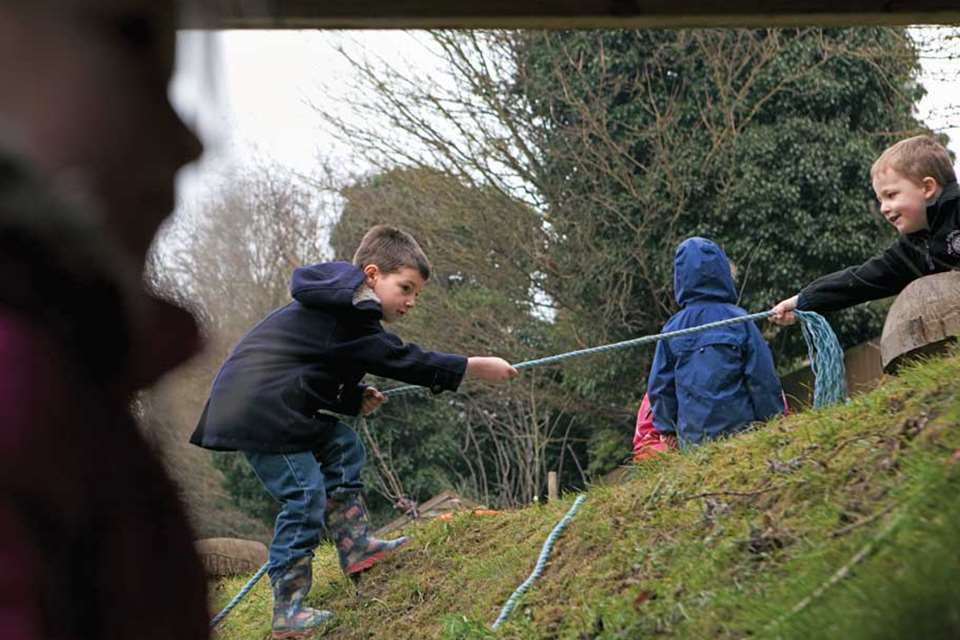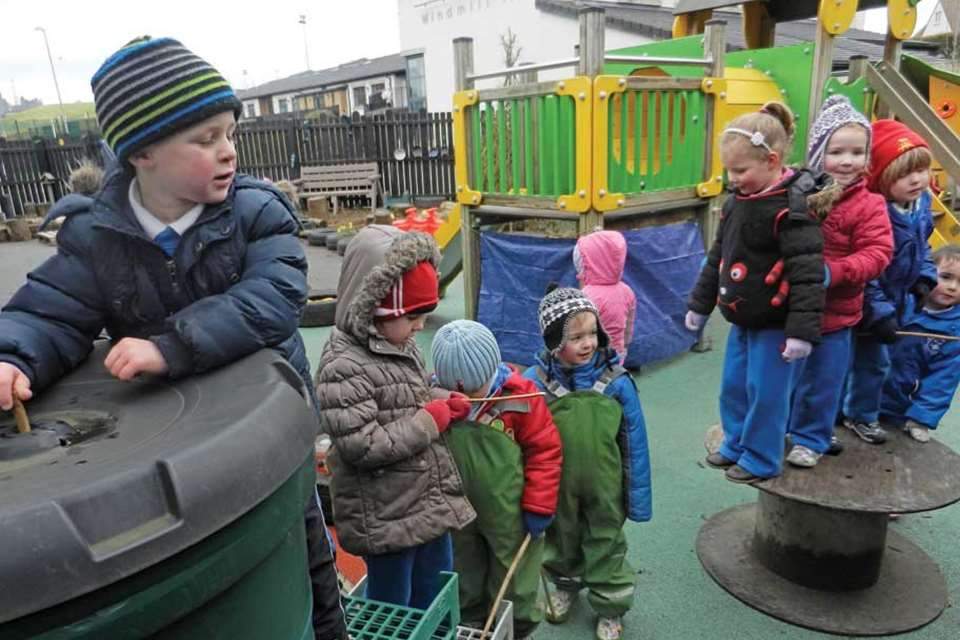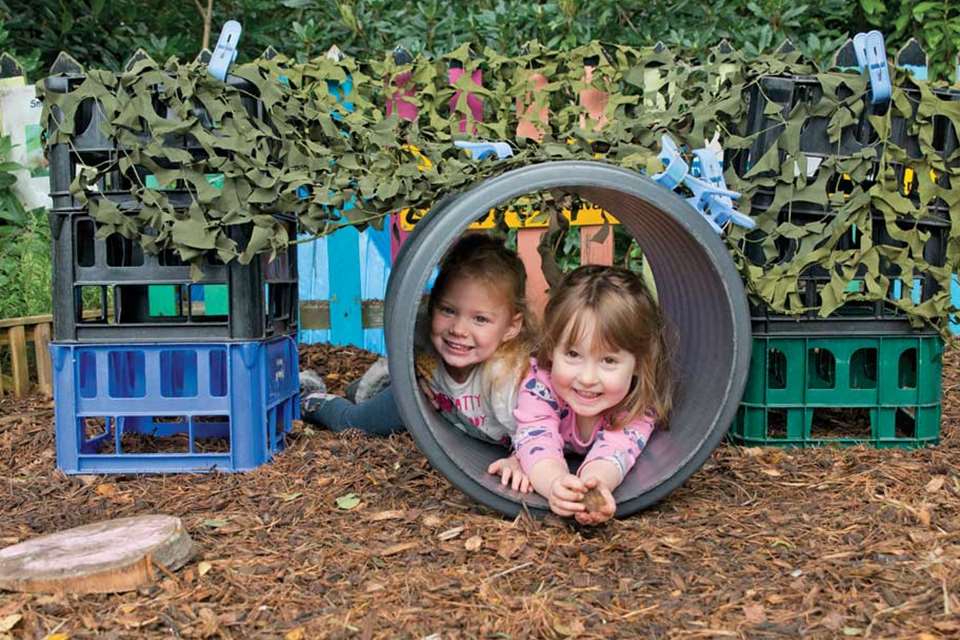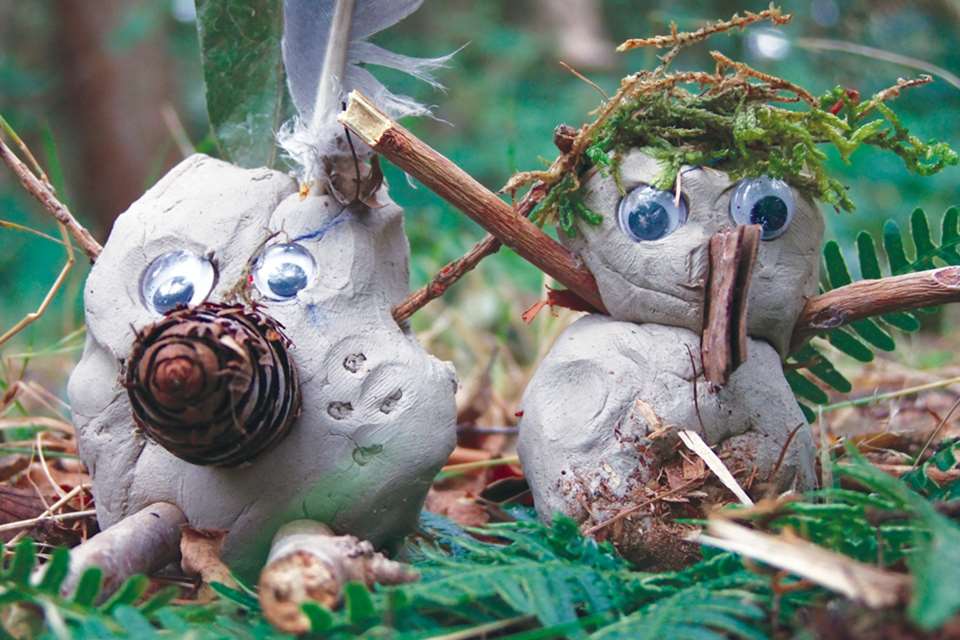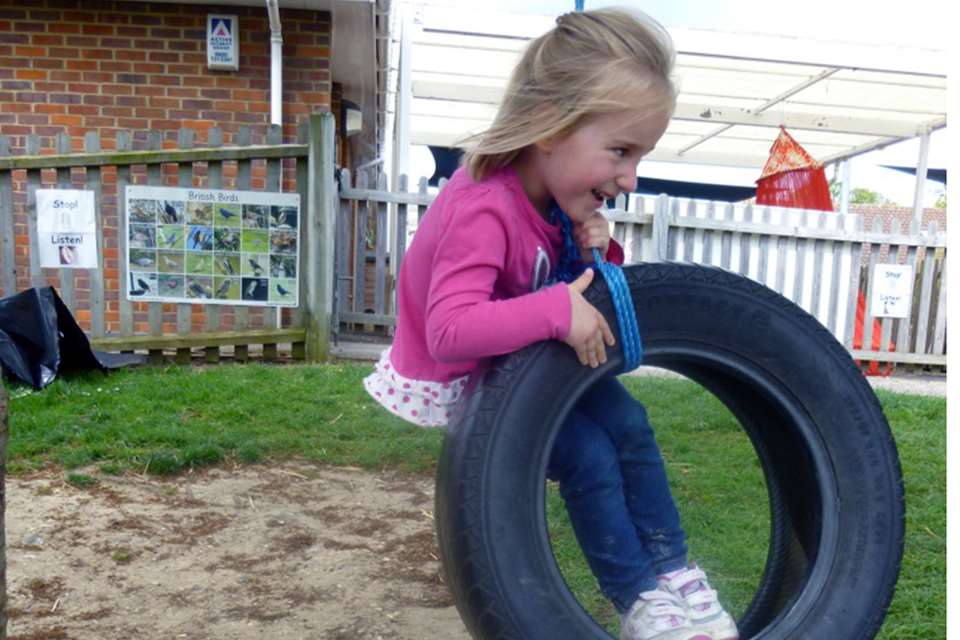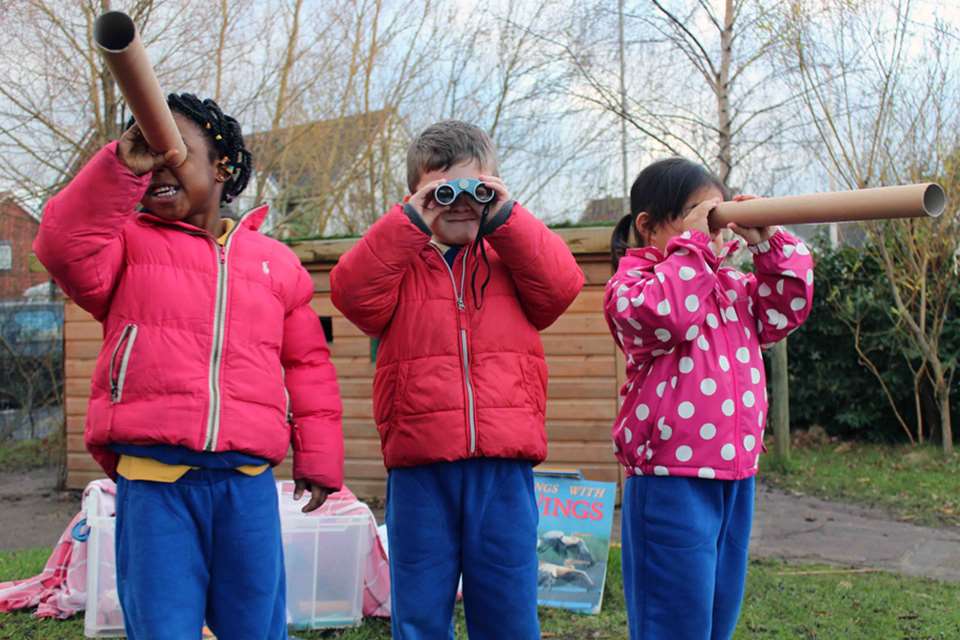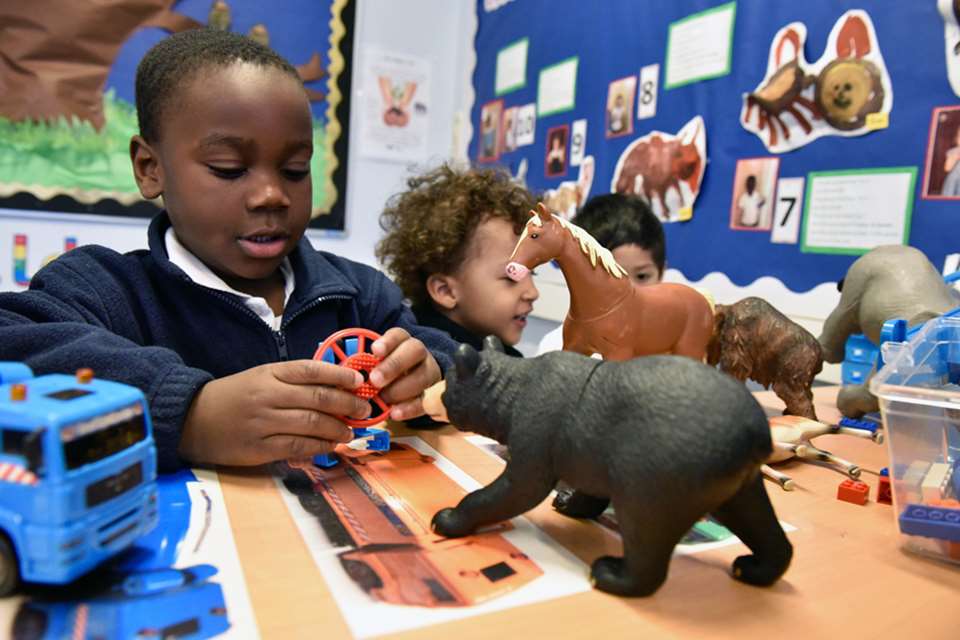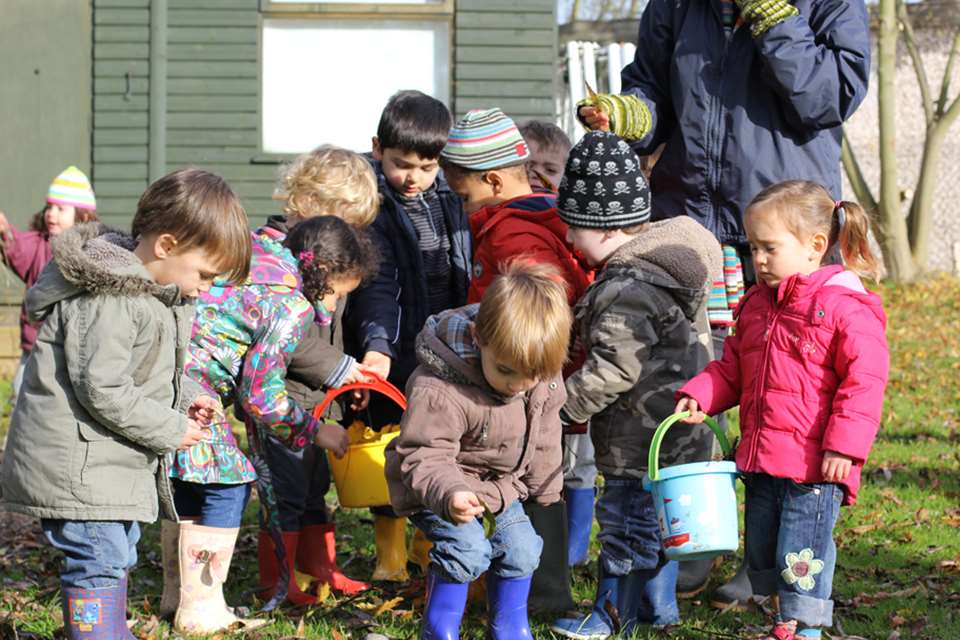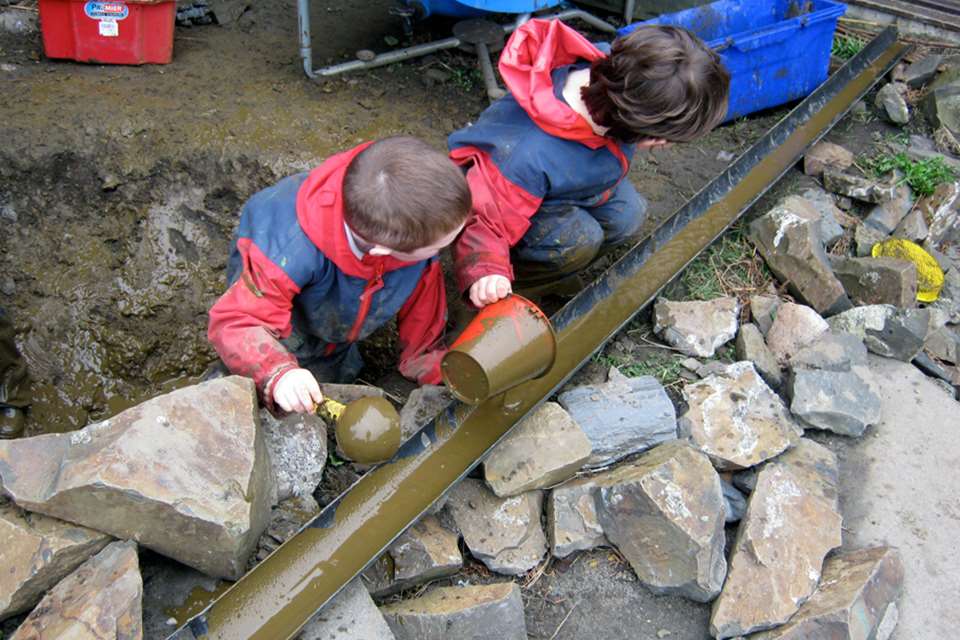Early Years in School: Outdoors - Another world
Ruth Thomson
Monday, January 25, 2016
Being outdoors provides children with developmental benefits that cannot be replicated indoors. Kathryn Solly reveals how to get it right

Register now to continue reading
Thank you for visiting Nursery World and making use of our archive of more than 35,000 expert features, subject guides, case studies and policy updates. Why not register today and enjoy the following great benefits:
- Free access to 4 subscriber-only articles per month
- Unlimited access to news and opinion
- Email newsletter providing activity ideas, best practice and breaking news


